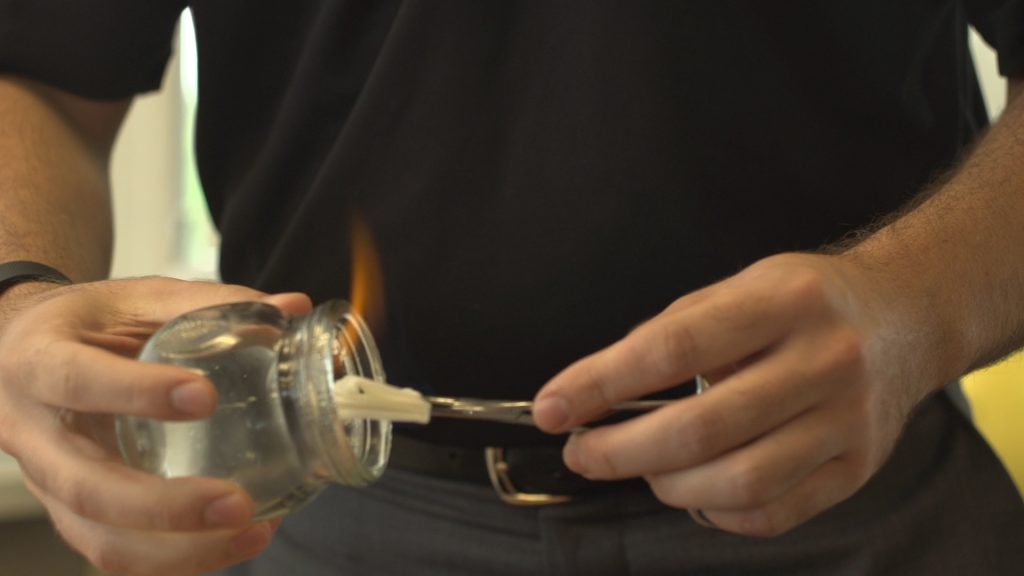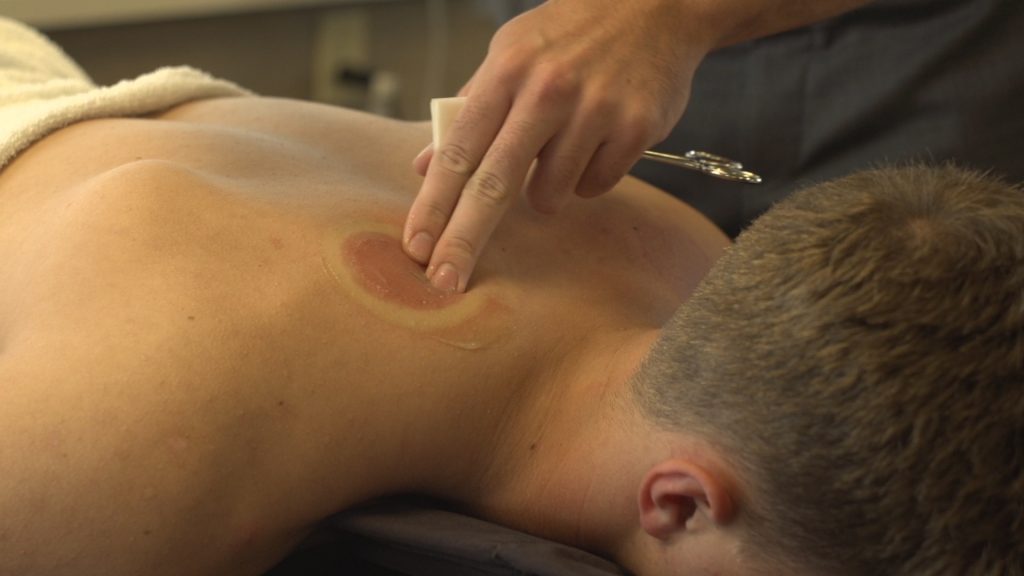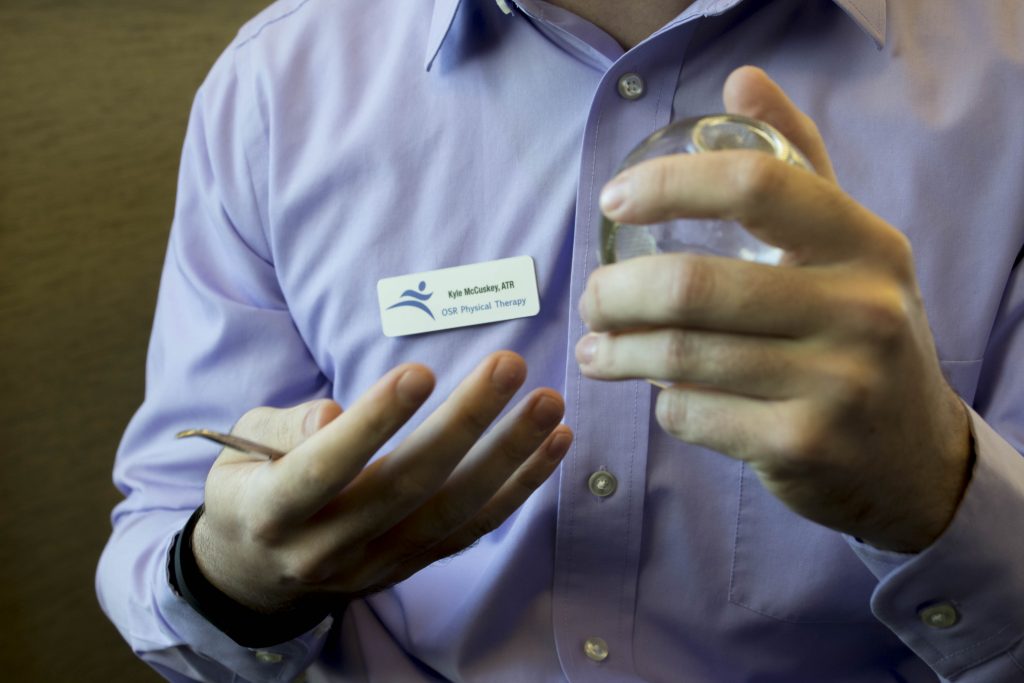
Made famous by the likes of Olympic stars such as Michael Phelps, cupping is becoming an increasingly popular alternative rehabilitation method. In fact, it’s becoming so popular that even Hollywood is starting to pick it up as a fab in preparation for the Oscars according to some reports, which means only one thing:
There’s going to be an influx of people desiring ancient Asian medicinal therapy.
But what is it? Is cupping really beneficial? And, more importantly, should you follow the trend and start doing it too?
Before you call up your alternative medicine specialist, check out these five important facts about the inflammation-fighting practice.
1. It’s Not A One-Off Therapy
Although used commonly in Western medicine as a single solution to all ailments, cupping is not the end all be all therapy choice. In fact, its original purpose in Chinese medicine was to be a supplemental treatment in addition to a fully integrated health plan. Using cupping as the only treatment may help relieve stress as it happens. However, you won’t fully recover from an injury without a fully customized therapy program that works on strengthening the injured or painful area as well.
2. It Creates A Healing Response
Cupping is a part of the overall healing process of an injury, muscle inflammation, or pain. Through cupping, the tissue is stretched, which creates an inflammatory response in the area. When there is inflammation, white blood cells begin to break down the scar tissue, which helps in the healing process. It also helps to relax the tissue in a knotted muscle.
3. The Cup Is Lit On Fire – Sort Of

In order to create the suction necessary for cupping, an alcohol swab is lit inside the cup to heat it up. The cup is then put on the skin. (Don’t worry; you won’t burn your skin in the process). As the heated air is trapped between the cup and the skin, a suction is produced. This suction caused by the heat then creates increased blood flow to the area, aiding in the recovery process.
4. It’s Not As Painful As It Sounds – Or Looks
It sounds painful, and it certainly looks painful. However, many patients admit that it’s no more painful than other rehabilitation techniques. Some patients say it feels like a hickey, while others say that theirs is a slight pinching that occurs when the suctioning begins. Just imagine your skin being sucked by a vacuum cleaner hose and you’re close to knowing what this therapy feels like.

5. Don’t Do It To Yourself
Some athletes are reportedly doing it themselves, but only a trained professional should do cupping and as a supplement to an overall therapy program. Not only will a trained professional apply it correctly, but they will also be able to apply to the most beneficial areas. Furthermore, they will make sure that you are strengthening the area while recovering to prevent injury and pain in the future.
OSR Has Cupping Specialists

OSR Physical Therapy offers different kinds of specialty rehabilitation, and cupping is one method. Our physical therapists are not only trained and certified in physical therapy, but also in specialty methods such as cupping. They will be able to integrate this method as part of an overall therapy to get you back on the road to recovery quickly. Contact us today if you’re interested in learning more about this method and our physical therapy programs.


